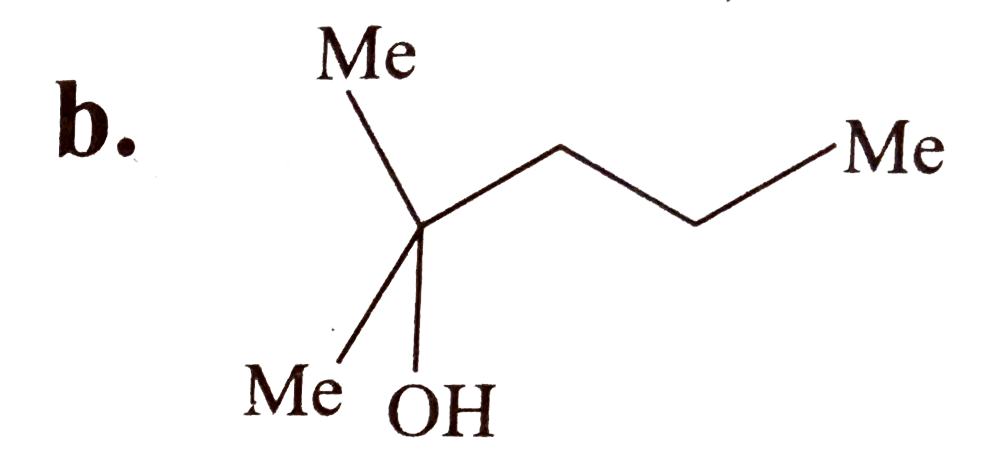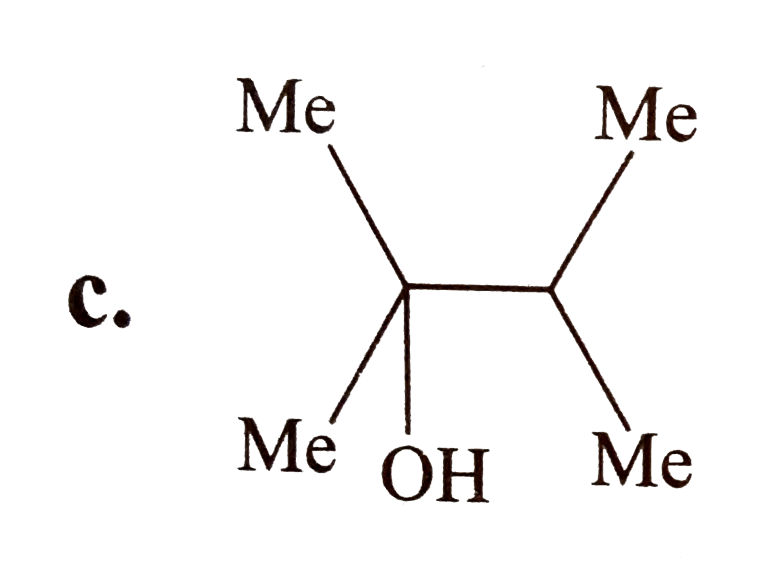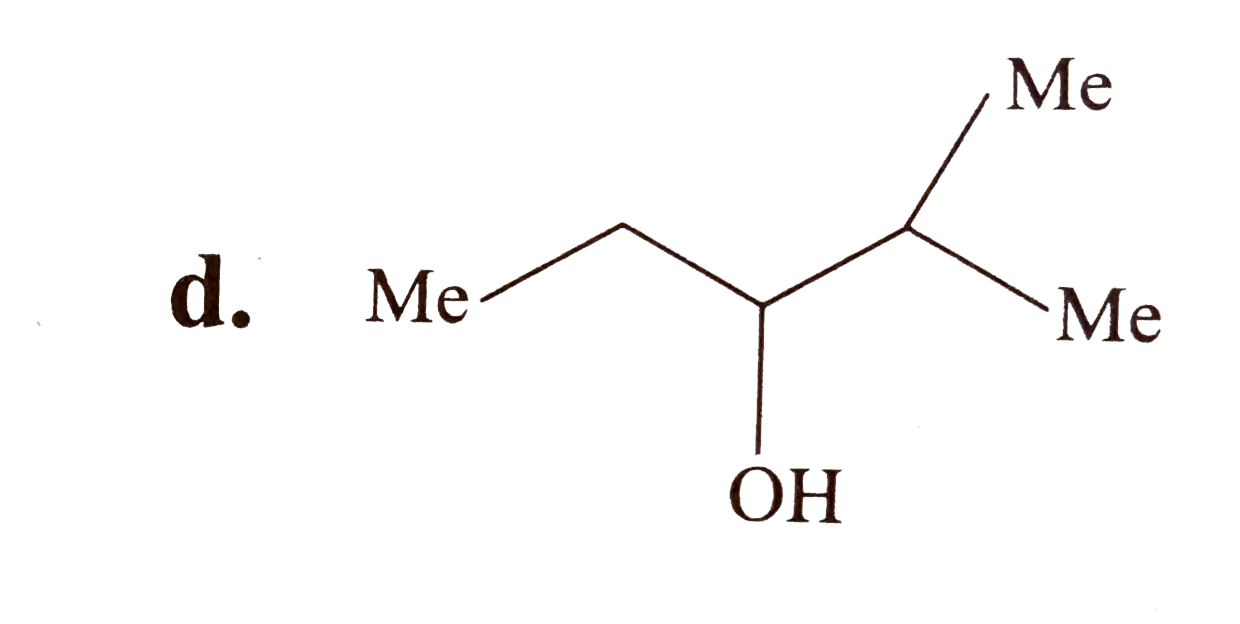The decreasing order IE for elements Li,Be,CB is ______ .
The correct Answer is:C>Be>B>Li
To determine the decreasing order of ionization energy (IE) for the elements Lithium (Li), Beryllium (Be), Boron (B), and Carbon (C), we can follow these steps:
Step 1: Understand Ionization Energy
Ionization energy is the energy required to remove an electron from an atom in its gaseous state. Generally, ionization energy increases across a period (from left to right) in the periodic table due to increasing nuclear charge, which holds the electrons more tightly.
Step 2: Write the Electronic Configurations
- Lithium (Li): 1s² 2s¹
- Beryllium (Be): 1s² 2s²
- Boron (B): 1s² 2s² 2p¹
- Carbon (C): 1s² 2s² 2p²
Step 3: Analyze the Trends
- As we move from Li to Be, the ionization energy increases because Be has a full 2s subshell, making it more stable and requiring more energy to remove an electron.
- Moving from Be to B, the ionization energy decreases slightly because B has one more electron in the 2p subshell, which is at a higher energy level and is less tightly held than the 2s electrons.
- From B to C, the ionization energy increases again because C has a greater nuclear charge and a more stable configuration compared to B.
Step 4: Arrange in Decreasing Order
Based on the analysis:
1. Beryllium (Be) has the highest ionization energy due to its stable configuration.
2. Carbon (C) follows, as it has a higher nuclear charge than Boron.
3. Boron (B) comes next, as it has a lower ionization energy than Carbon.
4. Lithium (Li) has the lowest ionization energy among these elements.
Thus, the decreasing order of ionization energy for the elements Li, Be, C, and B is:
Be > C > B > Li
Final Answer
The decreasing order of ionization energy for the elements Li, Be, C, and B is: Be > C > B > Li
---
Ionization energy is the energy required to remove an electron from an atom in its gaseous state. Generally, ionization energy increases across a period (from left to right) in the periodic table due to increasing nuclear charge, which holds the electrons more tightly.
- Lithium (Li): 1s² 2s¹
- Beryllium (Be): 1s² 2s²
- Boron (B): 1s² 2s² 2p¹
- Carbon (C): 1s² 2s² 2p²
- As we move from Li to Be, the ionization energy increases because Be has a full 2s subshell, making it more stable and requiring more energy to remove an electron.
- Moving from Be to B, the ionization energy decreases slightly because B has one more electron in the 2p subshell, which is at a higher energy level and is less tightly held than the 2s electrons.
- From B to C, the ionization energy increases again because C has a greater nuclear charge and a more stable configuration compared to B.
Based on the analysis:
1. Beryllium (Be) has the highest ionization energy due to its stable configuration.
2. Carbon (C) follows, as it has a higher nuclear charge than Boron.
3. Boron (B) comes next, as it has a lower ionization energy than Carbon.
4. Lithium (Li) has the lowest ionization energy among these elements.
Be > C > B > Li
The decreasing order of ionization energy for the elements Li, Be, C, and B is: Be > C > B > Li
Topper's Solved these Questions
- BOOK - CENGAGE CHEMISTRY ENGLISHCHAPTER - PERIODIC CLASSIFICATION OF ELEMENTS AND GENERAL INORGANIC CHEMISTRYEXERCISE - Exercises (True/False)10videos
PERIODIC CLASSIFICATION OF ELEMENTS AND GENERAL INORGANIC CHEMISTRY
- BOOK - CENGAGE CHEMISTRY ENGLISHCHAPTER - PERIODIC CLASSIFICATION OF ELEMENTS AND GENERAL INORGANIC CHEMISTRYEXERCISE - Exercises (Archives ) Multiple Correct3videos
PERIODIC CLASSIFICATION OF ELEMENTS AND GENERAL INORGANIC CHEMISTRY
- BOOK - CENGAGE CHEMISTRY ENGLISHCHAPTER - PERIODIC CLASSIFICATION OF ELEMENTS AND GENERAL INORGANIC CHEMISTRYEXERCISE - Exercises (Integer)13videos
PERIODIC CLASSIFICATION OF ELEMENTS AND GENERAL INORGANIC CHEMISTRY
- BOOK - CENGAGE CHEMISTRY ENGLISHCHAPTER - P-BLOCK GROUP 14 - CARBON FAMILYEXERCISE - Exercises Archives (Subjective)9videos
P-BLOCK GROUP 14 - CARBON FAMILY
- BOOK - CENGAGE CHEMISTRY ENGLISHCHAPTER - PURIFICATION OF ORGANIC COMPOUNDS AND QUALITATIVE AND QUANTITATIVE ANALYSISEXERCISE - Assertion Reasoning Type5videos
PURIFICATION OF ORGANIC COMPOUNDS AND QUALITATIVE AND QUANTITATIVE ANALYSIS
Similar Questions
Knowledge Check
- Question 1 - Select One
The decreasing order of bond length of C=C in the following compound is :
 AII>I>IV>IIIBIII>II>I>IVCIV>II>I>IIIDIV>I>II>III
AII>I>IV>IIIBIII>II>I>IVCIV>II>I>IIIDIV>I>II>III
The decreasing order of bond length of C=C bond in the following compounds is :
 View Solution
View SolutionThe reaction A→B , ΔH=+24kJ/mole. For the reaction B→C, ΔH=−18kJ/mole. The decreasing order of enthalpy of A, B, C follow the order
View SolutionGive the decreasing order of ΔegHɵ of the following elements: F,C,N,O.
View SolutionThe correct decreasing order of first ionisation enthalpies of five elements of second period is
View SolutionArrange the following alcohols in the decreasing order of their ease of dehydration with H2SO4.
a.
b.
c.
d.
e. View Solution
View SolutionGive the decreasing order of magnetic moment of the following:
(a) Ca , (b) Al , ( c) N, (d) OView SolutionCorrect decreasing order of electron affinity of the given elements is
View Solution


